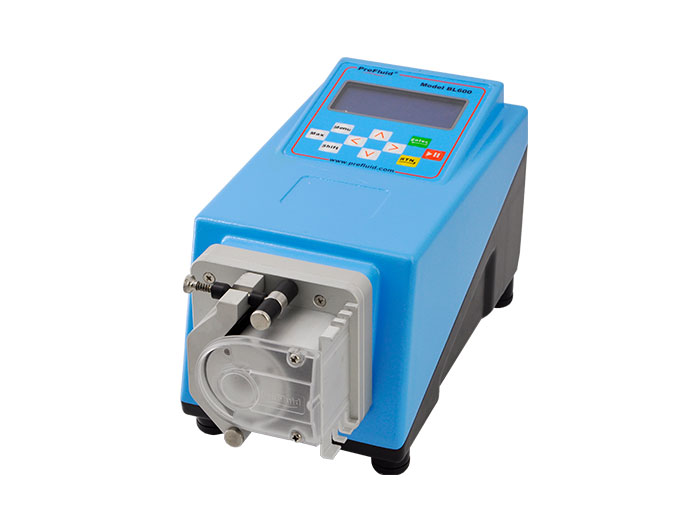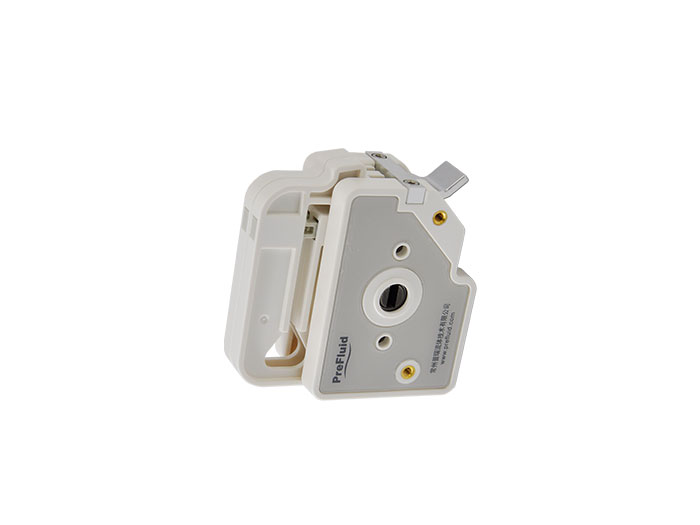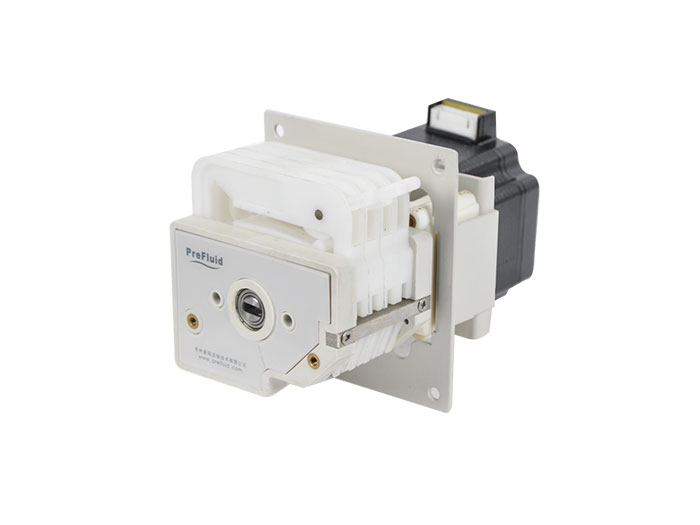How to judge the advantages and disadvantages of peristaltic pump hose? What the manufacturer needs to do is to provide material matching according to the material properties and parameters provided by the buyer.
How to judge the advantages and disadvantages of peristaltic pump hose? What the manufacturer needs to do is to provide material matching according to the material properties and parameters provided by the buyer. Reliable strength hose for heat dissipation of pump structure. A stable gear motor combination is also necessary for high-quality hose pumps. In actual production, the damage of the hose is caused by the repeated extrusion of the pressure roller, which is usually caused by the stress between the rubber layer and the steel bar layer of the hose. The hose structure distributes this stress in the design, which greatly extends the service life of the hose. In addition to the above advantages, hose products also have their own characteristics.
Hose composition:
A layer of internal rubber is in close contact with the medium, and different media have different requirements for the internal rubber material;
In order to ensure good self-priming and quantitative conveying ability, the two-layer fiber reinforcement layer determines the strength elastic recovery ability of the hose.
Three cladding layers to disperse stress and reduce friction.
Hose structure:
First, the hose is in contact with the medium, which has the ability to resist wear and erosion of chemical media;
Second, under high pressure, the reinforcement layer has the ability to maintain the original state;
The outer layer has the ability to recover its original shape after compression and produce self-priming.
Hose transport medium:
Strong grinding medium. High specific gravity medium. Corrosive media. High viscosity media. Shear media. Metrological applications.
Applications with high maintenance costs. Long fiber media. Where self-priming is required. Crystallizing medium.


